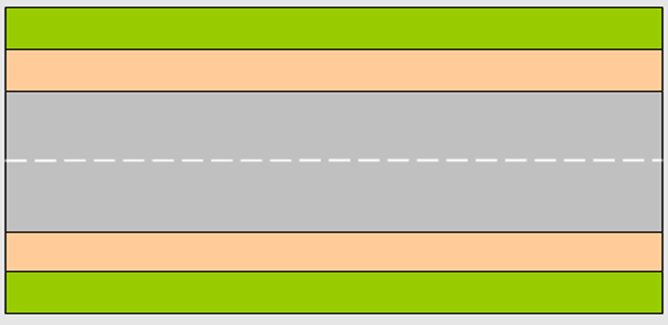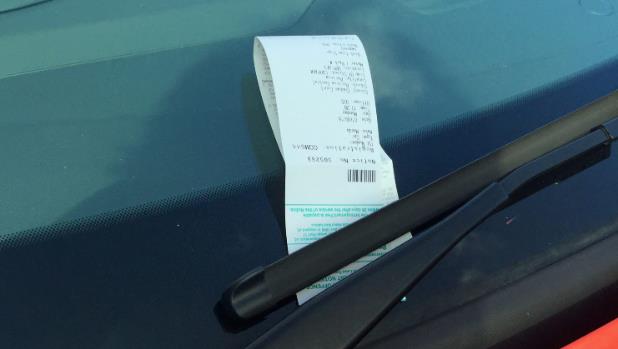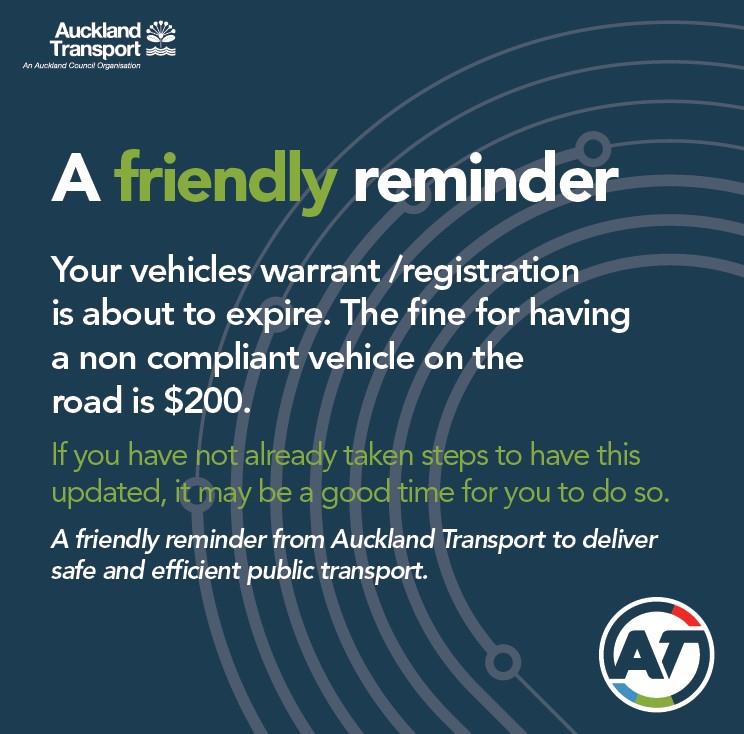
 Statutory Law
Statutory Law
51

All Transport Legislation, Acts, Rules and Regulations referred to in this training manual can
be referenced in the Parking Officers Guide to Acts, Rules, Regulations & Bylaws.
ACTS AND REGULATIONS
1.1 The Appointment of Parking Wardens
Land Transport Act 1998 Section 128 D
1.2 Powers of a Parking Warden
Land Transport Act 1998 Section 128 E
1.3 Liability for Special Vehicle lane Offences
Land Transport Act 1998 Section 133 Owner liability for special vehicle lane offences
1.4 Liability for stationary vehicle offences
Land Transport Act 1998 Section 133A Owner liability for stationary vehicle offences
1.5 5 Infringement Offences
Land Transport Act 1998 Section 138 Infringement offences
1.6 6 Issuing Infringement Notices
Land Transport Act 1998 Section 139 Issue of Infringement offences
1.7 Land Transport (Offences and Penalties) Regulations
Land Transport (Offences and Penalties) Regulation1999
1.8 Other offences enforceable by Parking Wardens
Land Transport Act 1998 Section 167(1) (i)
For the purpose
of SECTION 167(1)(i) of the Act, the offences set out in
Schedule 7 are offences that
a parking warden may enforce.
52
 Important to know….
Important to know….
The activities carried out by Parking Wardens are governed by legislation called the Land Transport
Act 1998.
As legislation is difficult to follow and interpret unless you are a lawyer, this module gives you the
important things you need to know about parking legislation.
The Hierarchy of how laws are made and who can change them
ACT
Parliament
Rule
Minister of Transport
Bylaw
Local Authority
Below is an example of how these may be applied:
Act
No vehicle may park contrary to this Rule or any Bylaw made under the
Authority of this Road User Rule
Rule
No vehicle may stop, stand, or park on a broken yellow line
Bylaw
Broken yellow lines are to be established on the south side of O’Malley
Street West from King Street to Queen Street”
53

 The Legal Requirements to Prove Non-Compliance
The Legal Requirements to Prove Non-Compliance
As a Parking Officer, you are required by law to prove non-compliance by ticking the
following 3 boxes.
It is a Motor Vehicle
It is on a Road
It is Committing an Offence
It sounds pretty simple, however to establish this we need to consider the definition of a
road, the definition of a motor vehicle and we need to be familiar with the identification of
the different types of offence.
Remember, apart from Bus Lane infringements; we are only warranted for Stationary
Vehicle Offences.
Let’s discuss the definition of Road………
54

 The 3 Es’ of Parking….
The 3 Es’ of Parking….
We say that the following things need to be considered to enable us to do our jobs
effectively and fairly:
Engineering
First, our Engineers need to put in the appropriate research and consultation to ensure
that our parking restrictions have purpose. They need to also ensure that the signs and
road markings that accompany these restrictions, comply with the law so that we are
able to legally enforce these restrictions.
Education
It is our practice to keep our road users as informed as possible about the law. Should
you have an opportunity to warn members of the public without issuing an infringement
notice, please take this opportunity to ask the customer politely to move on.
Enforcement
Enforcement is a necessary tool used to deter those who are unwilling to adhere to the
education you have provided or the law.
55

 Serving an Infringement Notice Land Transport Act 1998 Section 139
Serving an Infringement Notice Land Transport Act 1998 Section 139
There are three ways an infringement notice may be served:
By attaching it (or a copy of it) to the vehicle.
By handing it (or a copy of it) personally to the driver
By posting it (or a copy of it) by post
When a vehicle is parked in an area with a maximum parking time limit, the following penalties
apply:
Length of time the vehicle has exceeded the restriction time
Penalty Amount
Up to half an hour
$12.00
Over half an hour not more than 1 hour
$15.00
Over 1 hour not more than 2 hours
$21.00
Over 2 hours not more than 4 hours
$30.00
Over 4 hours not more than 6 hours
$42.00
Over 6 hours
$57.00
56

Match the situation detailed below with the correct offence from your P-Code Help card and the
description of the offence.
Situation
P-code
1.
A car is parked on the road with no current (EVI) Evidence of Vehicle Inspection
(WOF)
2.
A car is parked over a fire hydrant
3.
A car is parked on the foot path
4.
A car has its registration plates displayed in the front and rear window of the vehicle
5
A truck is parked on the road with no current (EVI) Evidence of Vehicle Inspection
(COF)
6.
A car is parked on the roadway over broken yellow lines (BYL’s)
7.
A car is displaying an expired license label (rego)
8.
A car is parked in a mobility parking space without displaying a mobility card
9.
A car is parked on a Bus stop
10.
You can find no visible evidence of a pay & display receipt for a car parked in the pay
& dis play area
57

 When to issue a warning notice (less than 28 days):
When to issue a warning notice (less than 28 days):
A warning notice can be issued from the 1’st to the 28th day of the calendar month following the month in
which the hole is punched out on the Evidence of Vehicle Inspection.
When an officer issues a warning notice, it will be recorded on a hot list.
When to issue an infringement notice within the 28-day period of the month following
The month of which the hole is punched out on the Evidence of Vehicle Inspection. If the vehicle appears on
the hot list, an infringement notice can be issued. This can be repeated each time the vehicle is seen on the
road.
When to issue an infringement notice after the 28-day period of the month following
The month of which the hole is punched out on the Evidence of Vehicle Inspection (WOF):
On the 29th day of the following calendar month of which the hole is punched out on the Evidence of Vehicle
Inspection and thereafter, an infringement notice can be issued.
This can be repeated each time the vehicle is seen on the road.
Warning Notice for Licence Label
Post-expiry of license label (less than 28 days):
A warning notice can be issued and it will be recorded on a hot list on the Android.
If the vehicle is seen on the road after a warning notice has been issued, it will show on the hot list and a live
infringement notice can then be issued. This can be repeated each time the vehicle is seen on the road.
Post-expiry of license label (more than 28 days):
On the 29th day, and thereafter, the officer can issue a live infringement notice. This can be repeated each time
the vehicle is seen on the road.
58












